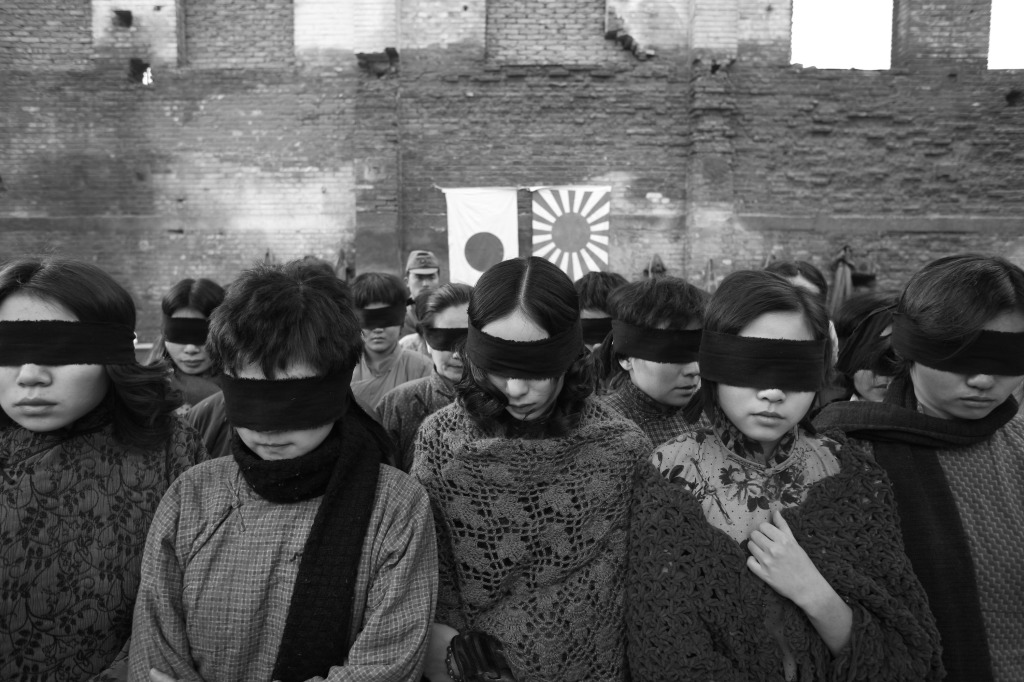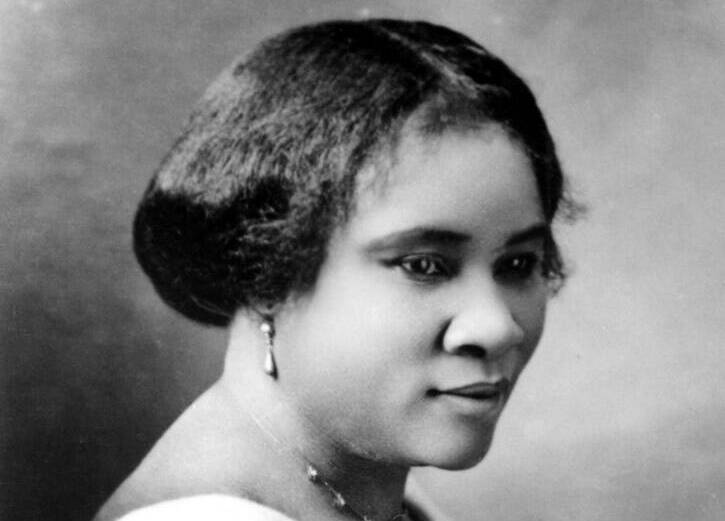In late December 1937 and early January 1938, the Imperial Japanese Army committed one of the worst war crimes in modern history.
In what is known as the Rape Of Nanjing or the Nanjing Massacre, Japanese soldiers have systematically raped thousands of Chinese women and girls of all ages - even infants.
What Led The Japanese To The Nanjing Massacre

The great economic crisis of the 1930s had a strong effect on Japan. The market collapsed under the burden. This was followed by a series of earthquakes that worsened the already difficult situation. The population was sinking more and more into poverty, especially in rural areas.
As it happens in times of crisis, quick solutions were sought, which is fertile ground for extremism. In Japan, it was militarism nurtured by the imperial army. The solution offered by the military leadership seemed to be a way out of the crisis - conquests were needed to ensure the natural resources necessary for recovery and further development. Emperor Hirohito agreed with this idea and gave the army a free hand. Thus, political power came into the hands of the military, which claimed that the Japanese were the Asian "ruling race." Conquests could begin.
After conquering Manchuria in just five months, the Japanese decided to attack Shanghai, the richest and fastest-growing Chinese city.

The emperor appointed General Iwane Matsui, who was reactivated in the military service, as the commander-in-chief. Japanese military strategists believed that Shanghai would fall in just eight days.
But the fighting lasted over three months. After the fall of Shanghai, hundreds of thousands of refugees headed west to the then Chinese capital, Nanking. Members of the defeated Chinese forces also withdrew with them.
One of the defenders of Shanghai, soldier Li Gaoshan, recalls the situation after the fall of Shanghai:
"The officers fled earlier. After the defeat, the whole of our unit withdrew. Troops arrived from Guangdong with it. We spoke different dialects and could not understand each other. Also, we didn't know the way so we just followed the others. It was pretty chaotic. That's how we ended up in Nanking."
Kill Them All!

After the fall of Shanghai, it took the Japanese army an entire month to cover 280 km and reach Nanjing (then Nanking). In the Japanese advance and the chaotic Chinese retreat, many Chinese soldiers fell into captivity and were brutally killed. The invading forces did not have a shred of mercy.
They killed everyone they found in the villages they passed through - men, women, and children. In the village of Cao Bao, 36 villagers were imprisoned in one of the houses and burned alive. According to the testimony of Japanese soldiers, it was common practice to force captured Chinese to dig pits, after which they would be killed and thrown into them.
One of the common ways of killing during the Nanjing massacre was to tie the hands of the prisoners behind their backs. After, they would stab them in the heart area with a bayonet.
The killings were massive and brutal. In the villages around Xuzhou, the population was eliminated by surrounding the entire village and then squeezing into a hoop by firing machine guns at houses to kill as many people as possible. The command was usually short and clear:
"Kill them all!"
The Nanjing Massacre Begins
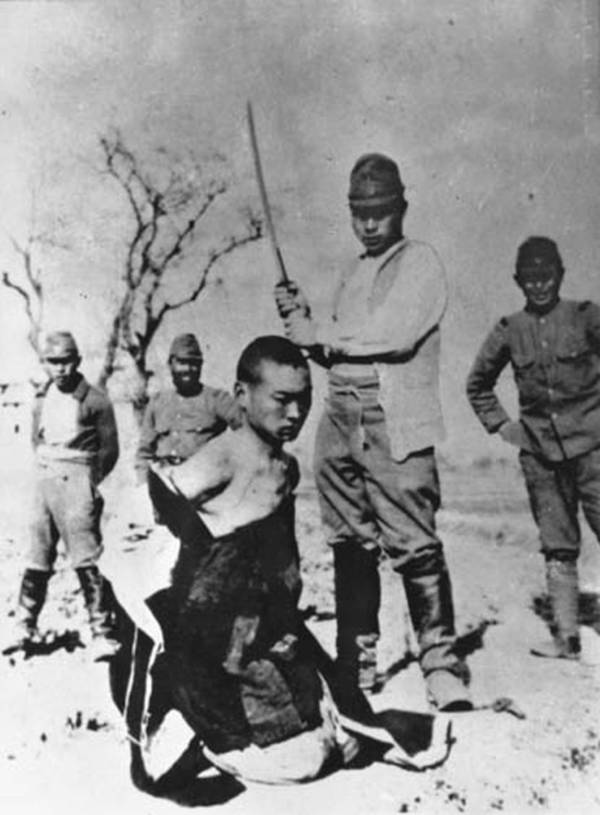
Before the army attack, the Japanese flooded Nanjing with leaflets urging the population to rebel against the troops of Chinese nationalist leader Chiang Kai Shek.
The proclamations asked the citizens to "allow" the Japanese army to establish "order, morale, and justice" in the city. Fear has crept in among ordinary citizens and the Chinese leadership. Before the Nanjing massacre battle, Chiang Kai-shek himself fled the city along with his ministers and most of the civil administration, including the mayor.
All well-to-do citizens joined them. The city's defense command ordered all front gates closed and barricaded. The city was encircled with 45 km of walls 15 meters high. It seemed that this would be enough to defend the city.
But the troops that withdrew after heavy fighting with the Japanese were poorly equipped, demoralized, exhausted, and disorganized. The citizens themselves did not believe that the city could defend itself. All this was followed by the bombing of Japanese planes, which was frightening because the targets were random, and most of the victims were ordinary citizens.
One of the survivors, Chang Zhiqiang, said in his testimony:
"After the bombs exploded, they would ignite. I saw the burned bodies of women and children. They were holding hands. It was very sad."
Continental Order No. 8

On December 1, 1937, Continental Order No. 8 was issued ordering the Rape of Nanjing or the Nanjing massacre. By December 8, Nanjing was surrounded by seven Japanese infantry divisions, and the Japanese Navy oversaw the Yangtze River.
On the same day, the city was exposed to heavy artillery fire. On December 9, 1937, an ultimatum was handed to the defenders: the city would be razed to the ground if they did not surrender.
The commander of the Chinese Defense Forces, General Shengzhi Tang, therefore decided to surrender the town even though he had promised to fight till the last man remained standing.

He convened a meeting of military commanders and put pressure on them to sign a city capitulation document. On December 12, he fled the city through the Yijiang Gate on the north side of the town. The next day, December 13, 1937, the Japanese 6th and 114th armies were the first to enter the city.
Immediately after them, the 9th Division entered through the Guanghua Gate, and the 16th Division marched through the Zhongshan and Taiping gates. That same afternoon, the Japanese navy occupied both banks of the Yangtze River. Thus, the city fell into the hands of the enemy almost overnight.
Japanese soldier Azuma Shiro, in the documentary In the Name of the Emperor, said:
"It would be good if we just raped them - I won't say it was okay. But we always stabbed and killed them because the dead don't talk."
The Panic Of The Chinese Soldiers
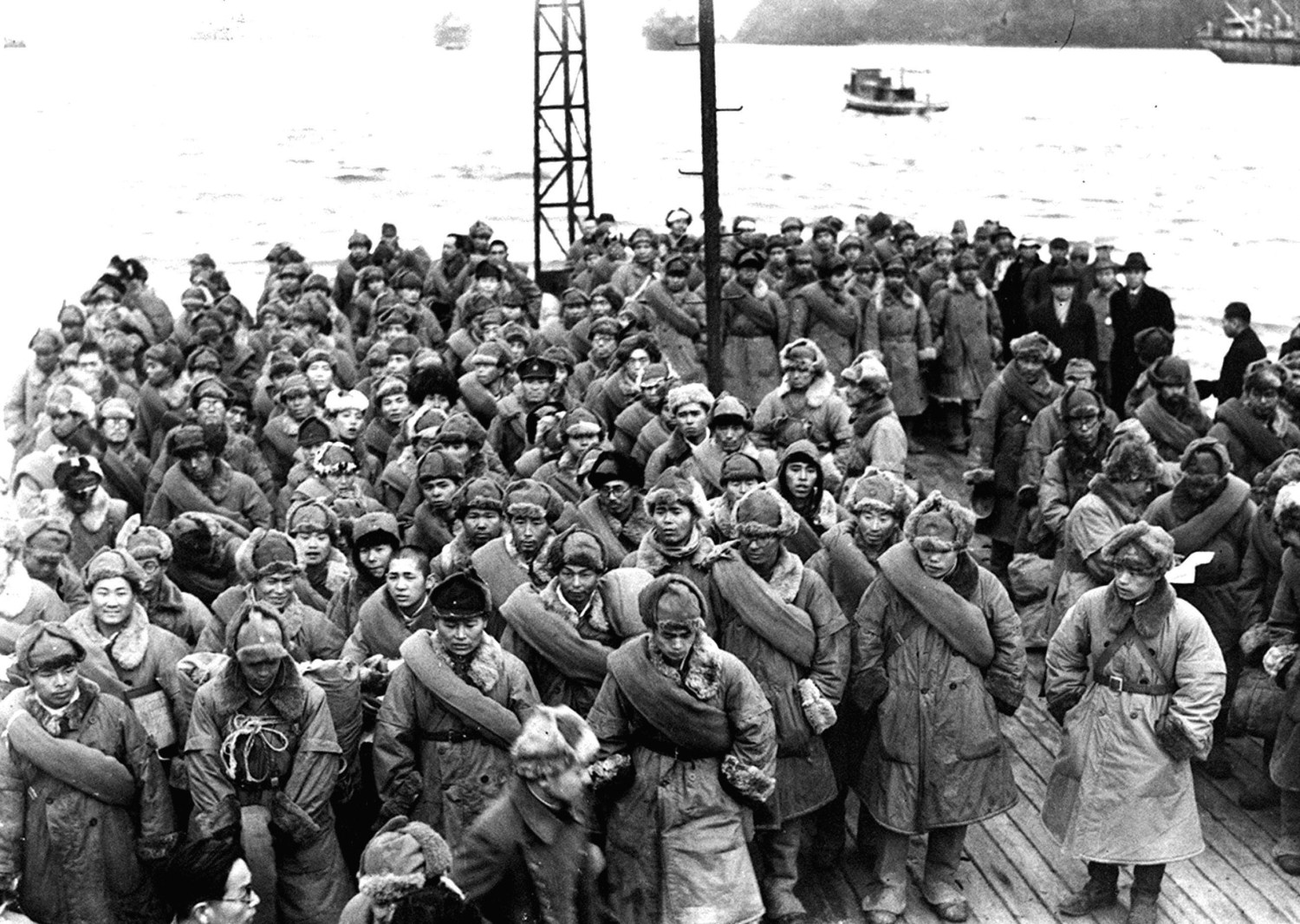
After the entry of Japanese troops into the city, there was mass panic. Many Chinese soldiers tried to change their military uniforms with civilian clothes. Some soldiers fled. Most of the roughly 50,000 troops headed for the city's northern walls hoping to climb over and reach the Yangtze River.
The escape went according to plan until Chinese soldiers tried to cross the river. Then the Japanese fleet opened fire on them. It was the beginning of the rape of Nanjing, the Nanjing massacre, that would last for weeks.
There was also a conflict between the Chinese troops themselves. Some of the units stopped carrying out orders. In other cases, regimental commanders were killed by company commanders because they tried to stop them. It even happened that Chinese soldiers who fled after the battle for Shanghai killed and robbed Nanjing residents to get civilian clothes and thus escape more easily.
There was complete anarchy during the rape of Nanjing. The people of Nanjing could not hope for anything good after what happened on December 12, 1937, on the Yangtze River. On that occasion, although sailing under a prominent American flag, three Japanese B4Y Type 96 bombers and nine A4N Type 95 fighters attacked the USS Panay and three other tankers. Three members of the American crew were killed in the attack.
Consequently, tensions arose between Japan and the United States, but Japanese authorities responded quickly. On December 24, 1937, the Japanese government apologized and paid over $2 million to the United States. Japan claimed the attack was an accident and misidentification. The apology declared that Japanese pilots did not see the American flags on the ships.
Save Yourselves

Westerners who stayed during the Nanjing massacre decided to help the residents according to their abilities. They set up an International Committee to establish an "international safe zone" for civilians. A German, and a member of the Nazi party, John Rabe, was elected chairman of the committee. Other committee members thought that it was the Nazi who would have the best chance of establishing good relations with the Japanese occupation authorities.
The imagined zone included several schools, a university, a hospital, several embassies, and a private women's school for 4,000 women and children. The number of people seeking refuge in the "international safe zone" eventually grew to 200,000. Among them were Chinese soldiers dressed in civilian clothes to save themselves from Japanese retaliation. However, nothing will stop the Japanese imperial army from committing war crimes.

What would follow in the Nanjing massacre - mass murders and rapes - no one could have imagined. American missionary John McCallum, who remained in Nanjing, will write in his diary:
"Rapes, rapes, and more rapes. We counted thousands of rapes last night and today."
American missionary Minnie Vautrin noted in her diary that even twelve-year-old girls were raped.
At the head of the column that officially entered the city on December 17, 1937, was General Iwane Matsui. On a horse, he entered the south gate of the town. Film cameras captured this scene of Japan's entry into the Chinese capital.
But behind that film spectacle was a crime of unprecedented proportions. By the evening of December 17, the Japanese would execute 13,500 captured soldiers on the banks of the Yangtze River.

Fifty years after the Nanjing massacre, then a young Japanese officer, Kurihara, described what happened. According to Kurihara's testimony, his soldiers brought the prisoners to the river bank and lined them up in a circle. Japanese semicircular soldiers then opened fire from machine guns. In his notes, Kurihara cites as justification for this crime that "it was not possible to feed so many prisoners."
However, this was a war strategy of the Japanese Imperial Army, not an isolated crime. This is backed up by the January 1933 Japanese Infantry Manual. The booklet explains the methods of fighting in China and explicitly states that killing prisoners is an acceptable method of warfare because "there are no official documents in China that record data on births and deaths."
And as if all this was not enough, Kurihara's soldiers went among the prisoners after shooting them and pierced their bodies. They would kill those who would move or those they thought were still alive. Then they filled all the prisoners with gasoline and set them on fire. The bodies burned until the following day.
Nanjing Massacre - 300,000 Dead In 6 Weeks

After the Nanjing massacre, mass executions of Chinese soldiers were a daily occurrence.
Captured soldier Li Gaoshan remembers one of those executions:
"After we surrendered, they tied us up. Then they told us to sit down. And we sat down. We didn't expect them to be so ruthless at all. The Japanese devils aimed their machine guns at us. They shot straight into our heads. Everything was planned. Those who hit him in the head would die immediately. If they hit someone under the head, in the chest, he wouldn't die right away. Human heads would shatter into pieces. I was a head lower than the other soldiers, so the bullets missed me. "
Japanese soldiers also testified about the troops' atrocities during the Nanjing massacre. One wrote in his diary of January 29, 1937:
"My detachment escorted Chinese soldiers from the ship to the banks of the Yangtze River. There were 300 of them. They were lined up like sardines in the ship. Then they were cut down by machine guns. There was blood everywhere. The water in the river turned completely red. Everyone was killed. The sailors from the ships watched what was happening. Even though they were enemies I couldn't help myself and I felt sorry for them we saw half-burned bodies. There were dead on all sides. We saw a lot of discarded military uniforms and weapons. We started cleaning the city. "
Japanese sailor Sho Mitani claims the army had a unique trumpet sound that signalized:
"Kill all the Chinese who are running."
Thousands of Chinese people were taken to mass executions and buried in the "Pit of 10,000 corpses". It was a trench 300 meters long and 5 meters wide into which Japanese forces threw their victims. It is estimated that about 12,000 victims were buried in the pit.
Protest Letters To The Japanese Embassy

Westerners who remained in the city recorded the crimes they witnessed. They also wrote protest letters to the Japanese embassy daily, attaching testimonies to the crime. In a letter dated December 16, 1937, they wrote:
"This afternoon a woman was raped on Mock Avenue at house number 11. Seven soldiers entered the library at Nanking University. They took seven women with them. They raped three before they left. More than 11 rapes have been reported today."
Two days later, they record new rapes and murders. They noted that on December 20, at 3 p.m., three Japanese officers entered the elementary school offices on Han-Kao Avenue and raped two women in the office. Four days later, on December 24, they noted that two Japanese soldiers entered the residence of the Italian ambassador and took two women with them and stole $100. One woman was later released, and the other never returned.
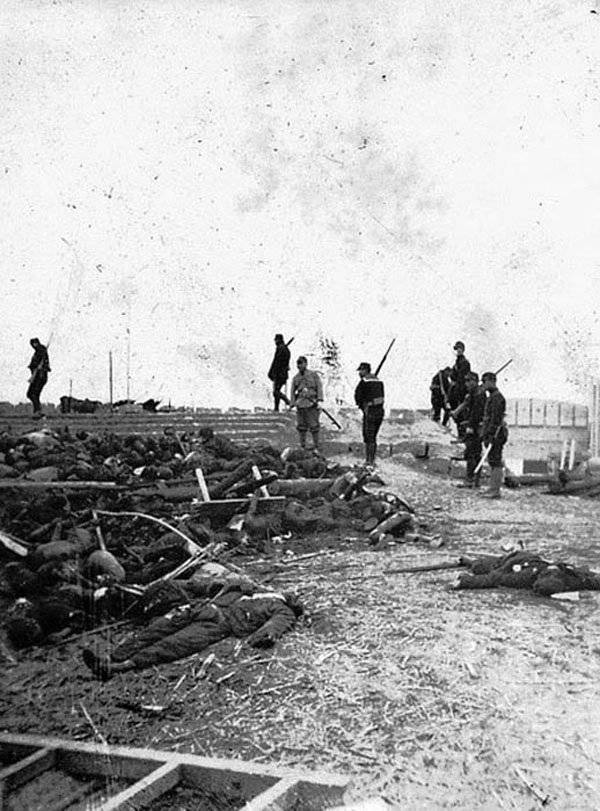
U.S. journalists F. Tillman Durdin and Archibald Steele testified about the Nanjing massacre. They saw a three-meter-high embankment near the Yijiang Gate consisting of slaughtered Chinese soldiers. According to the testimony of U.S. missionary Ralph L. Philips before the U.S. Federal Board of Inquiry, he was "forced to watch the Japanese take out a Chinese soldier's entrails" and "grilled his heart and liver and ate them."
Surviving witness of the Nanjing massacre Tang Junshan recalls the horrific crimes of the Japanese army:
"The seventh and last person in the first row were pregnant. The soldier thought he could rape her before he killed her and pulled her out of the group to a place ten meters away from us. (...) A soldier stabbed her in the stomach with a bayonet, she screamed in pain and her intestines fell out."
The Unimaginable Crimes Of The Nanjing Massacre

It is estimated that 20,000 women were raped during the six weeks of terror during the Nanjing massacre. No distinction was made - girls less than ten years old were raped just as old women over 70. Cases of rapes of pregnant women and nuns have also been reported. Many women suffered multiple rapes, often in the middle of the street or in religious buildings. Most were killed after the rape.
The violence of the Nanjing massacre has reached such tragic proportions that in some cases, fathers had been forced to rape their own daughters, and sons had raped mothers. Cases of men being sodomized have also been reported. Those who would resist these acts were killed on the spot.
U.S. Episcopal priest John Magee, who was on missionary duty, claimed that Japanese soldiers killed not only prisoners of war but also ordinary citizens of all ages:
"Many of them were killed like rabbits in the hunt."
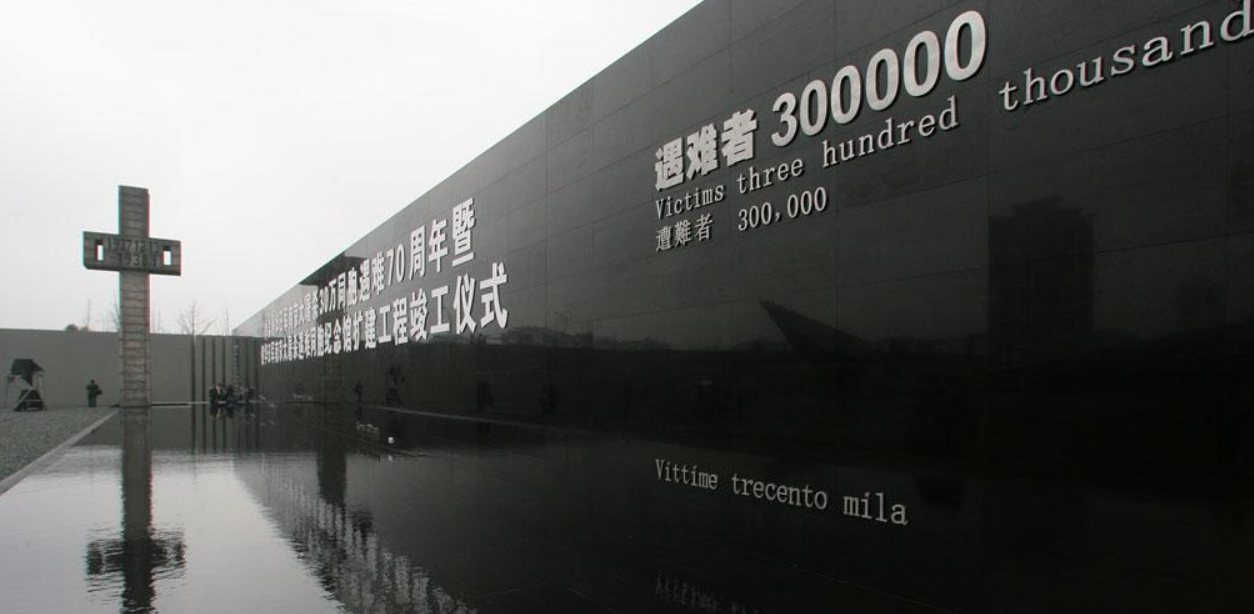
Minnie Vautrin, an American missionary in Nanjing during the Nanjing massacre, working at a language school, kept a diary during her stay in China. Among other things, on December 16, 1937, she wrote:
"There is probably no crime not committed in this city today. Thirty girls were taken from a language school, and today I heard sad stories about girls being taken from their homes - one is she was only 12. "
She would later also write:
"How many thousands were killed with guns or bayonets we will probably never know. In many cases, their bodies were flooded with oil and burned."
Because of everything she experienced in Nanjing during the Japanese occupation, Vautrin suffered a nervous breakdown in 1940 and returned to the United States. She committed suicide the following year.
Unthinkable Brutalities

Such brutalities were unthinkable to the civilized world. In addition to killing with firearms and bayonets, people's hearts were taken out, decapitated, and burned. Terrible tortures included castrations of men, piercing the eyes with an awl and piercing the vagina with bayonets.
Systematic burning of buildings in the city was also organized. After setting fire to a building, Japanese soldiers would hide and kill citizens who came to put out the fire. Like rape and robbery, it had unprecedented proportions.
All city warehouses were robbed, and then it was the citizens' property's turn. The imperial army stole jewelry, money, clothes, food, and even domestic animals. For some, it wasn't enough, so they stole trivial things like cigarettes, eggs, and clothes buttons.

Japanese soldier Azuma Shiro, who was part of the units that occupied Nanking during the rape of Nanjing, is one of the few perpetrators to appear publicly and testify about the crimes of the Japanese army:
"There were about 37 old men and children. We captured them and gathered them in the square. [. ..] There was a woman holding a child in her right hand ... and another child in her left hand. We stabbed and killed them, we stabbed all three of them like a skewer. [...] I killed people without remorse. "
His testimony in Japan resulted in threats that he eventually had to seek police protection. This is not surprising given that Japan has never acknowledged responsibility for these atrocities. Japanese officials, such as former Minister of Justice Shigeto Nagano, have called the Nanjing massacre a Chinese fabrication.
The Trials

After World War II, the International Military Tribunal for the Far East was established in Tokyo. Among the witnesses was Robert Wilson, an American Protestant missionary and surgeon who was in Nanjing during the Japanese occupation. He wrote a diary about what he saw and heard in the time of the Nanjing massacre, as well as letters from his family.
In one of the family's letters, among other things, he wrote:
"They [Japanese soldiers] stabbed a little boy with bayonets, to kill him, I spent an hour and a half this morning trying to stop the bleeding of another eight-year-old boy who has five wounds inflicted with a bayonet, including those he received in the abdomen, part of the handkerchief was outside the abdomen. "
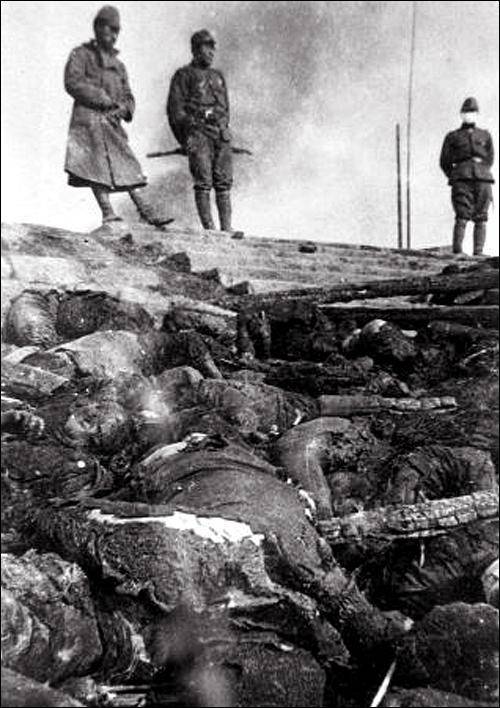
Among the 25 accused Japanese high-ranking officials was General Iwane Matsui, who commanded Japanese troops in Nanjing. During the trial, it was established that 90,000 civilians and military prisoners were killed in Nanjing in just two months in 1937. Eventually, General Matsui was found guilty and sentenced to death by hanging.
At the Nanjing War Crimes Tribunal in 1947, the commander of the Japanese Sixth Division, Lieutenant Hisao Tani, was found guilty of killing more than 300,000 people. That number is also on the monument to the victims in Nanking.
Nanjing Massacre Is Not Forgotten

After China and Japan established diplomatic relations in 1972, Chinese leader Mao Zedong ordered the repression of the Rape of Nanjing from the media and public life, unwilling to create new tensions with Japan. That move led to a debate about what happened in Nanking conducted entirely in Japan.
One of the leading Japanese newspapers, Asahi Shimbun, sent his journalist Katsuichi Honda to China, who wrote a series of articles entitled Travels to China.
In his articles, Honda described in detail the atrocities of the Japanese army, including the rape of Nanjing. In one of the articles, he also mentioned an episode in which two Japanese officers argued over who killed more people with a sword.
Critics in Japan immediately challenged the episode to accuse Honda of its articles mainly being forgeries. Controversy over the role of the Japanese military in China flared up again in 1982 when the Japanese Foreign Ministry censored a section of history textbooks for high schools about the rape of the Nanjing. The author of the book, Professor Saburo Ienaga, sued the Ministry of Education, and in 1997 he won a legal battle.
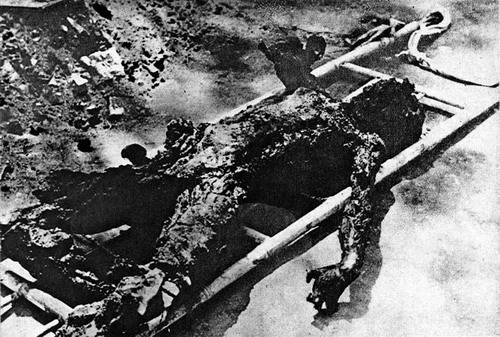
The Japanese public has a hard time coping with the burden of history when it comes to the role of the Japanese military in China. Numerous ministers and high-ranking politicians have publicly denied that the Japanese army committed war crimes in World War II.
Such statements, in turn, led to protests by the Chinese and South Korean sides, which again resulted in some Japanese politicians having to resign.
The hardline current in Japan believes that the crimes of the Nanjing massacre either did not exist at all or were overblown events that should serve as an excuse for the growth of Chinese nationalism. Many Japanese journalists and historians formed the Nanjing Incident Investigation Group in response to such and similar incidents. Its task was to collect as many archival materials and testimonies as possible from Japanese and Chinese sources.
